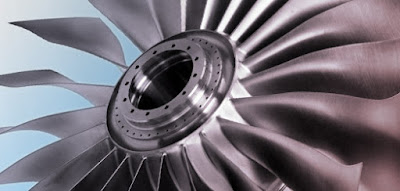Front Wheel and Rear Wheel Drive

Before buying a car, many thoughts enter your head such as safety features, engine, transmission system, warranties, comfort, reversing sensors and cameras and most importantly the cost. In addition to this, you should also look into the drive wheel i.e whether you want a Front Wheel Drive (FWD) or a Rear Wheel Drive (RWD). The choice you make depends on your driving skills, terrain, weather and the tires used. In a FWD, the power produced by the engine is transferred to the front wheels of the vehicle whereas in a RWD, the power from the engine is transferred to the rear wheels via a drive shaft. Transverse engines are employed in FWD where the crankshaft axis is perpendicular to the axis of the vehicle. In RWD, longitudinal engines are used where the crankshaft axis is along the length of the vehicle which increases it's weight. Majority of the cars use FWD these days while RWD is used in sports cars. Each wheel drive has it's advantages and disadvanta...



